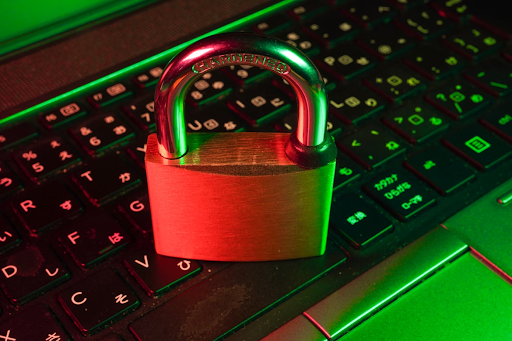If you’re a small business owner, your business assets are your lifeline. Even if you work from a small space, these assets are the backbone of your company, keeping you from falling behind competitors or facing any operational disruptions that can put you out of action.
Protecting them means thinking beyond just physical items like equipment or inventory, however. It also involves securing digital assets, customer information, intellectual property, and more. So how exactly can you keep everything safe and ensure that your business stays productive and ready to grow?
First Off, Invest in Business Insurance
The first thing you need to do is invest in business insurance. In terms of your physical assets, business property insurance is the best bet for covering all of your equipment, inventory, and office space in case of damage or theft.
Beyond your physical assets, something like liability insurance will protect you from legal claims or lawsuits, while workers’ compensation insurance will ensure your employees are covered in the event of workplace injuries, but the important thing is to choose the coverage that fits your specific business needs and review every policy carefully.
Secure Your Workplace
Even if you’re operating in a small space, it’s essential that you secure your workplace to prevent any unauthorised entry. This should involve installing locks on all doors and windows, using security cameras or alarm systems, and controlling any access to sensitive areas or valuable equipment.
Even simple measures, like keeping important documents in locked cabinets, can make a big difference, so make sure no stone is left unturned and every layer of your business is protected.
Implement Cybersecurity Measures
It’s also up to you to ensure your company’s data – including sensitive customer information – is sitting behind layers of cybersecurity measures.
From firewalls to antivirus software, you need to be doing everything possible to make sure cyberattackers don’t have an in, and as well as this, you need to be educating employees about phishing scams and how to stay as safe as possible while online. Remember, human error is often the weakest link in cybersecurity protocols, so regular training and clear guidelines are essential.
Safeguard Your IP
One of the leading reasons many businesses in the US face lawsuits is due to issues with intellectual property. Without the proper protections in place, all of your ideas and creative work are vulnerable to misuse or infringement by competitors, and while that can be fought, the process of doing so is complicated and expensive.
Basically, it’s a long, expensive process that you won’t want to go through, so it’s important to take the time now to register trademarks, copyrights, and patents, and make sure that, if someone else does attempt to use your IP, you have the legal protections in place to defend it.
Review and Update
Lastly, it’s your job to not only implement these protections, but to periodically assess them to ensure they remain effective. Whether it’s insurance coverage or your cybersecurity measures, a regular review will not only allow you to identify any gaps and make adjustments, but also help you stay ahead of new risks as your business grows or changes.
It’s also important to continue training your employees. As we mentioned previously, the human element is often the weakest link in security, so keeping your team informed about safety protocols and potential threats is crucial if you want to reinforce a culture of vigilance and responsibility. Human error can still occur, of course, but with the right amount of training, it becomes far less likely.
Conclusion
No matter how big or small your business is, the world you’re operating in isn’t always friendly. Threats can come from numerous directions, and even minor incidents – such as an office break-in, a computer glitch, or a lost client file – can have major consequences. By taking proactive steps, then, you’re ensuring your business remains resilient enough to grow despite these challenges, protecting not only your assets, but your long-term stability too.
